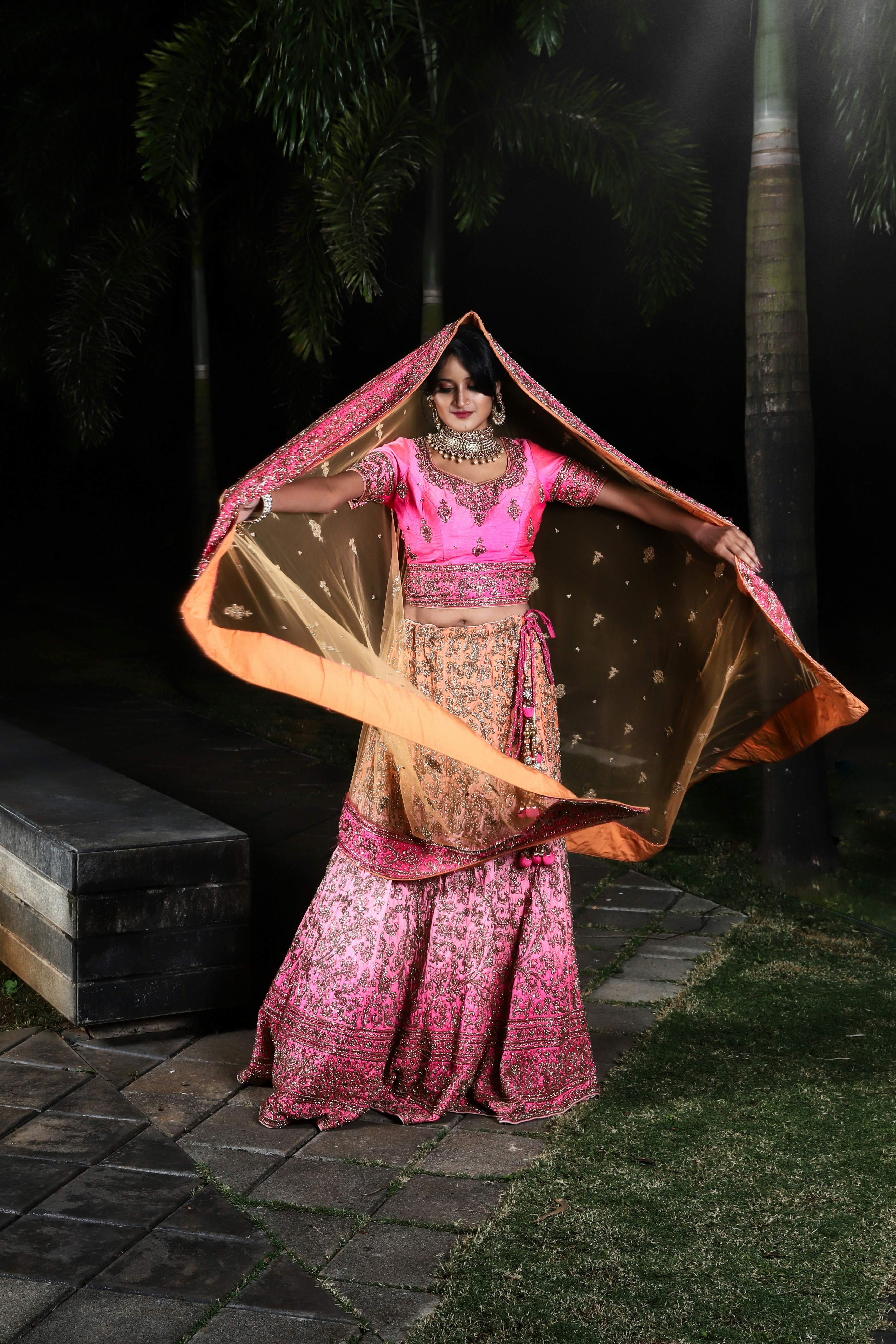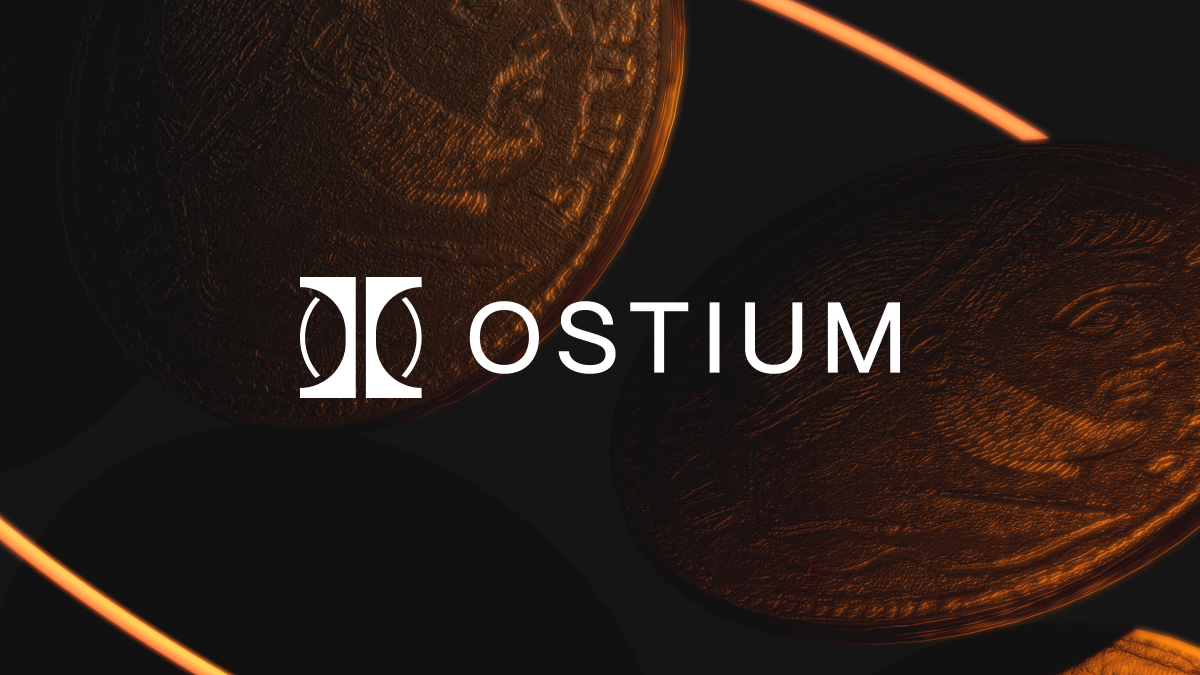Discovering the Unique Charm of Desi Indian Culture

Exploring the Richness of Desi Indian Culture
Introduction
Desi Indian culture is a beautiful and complex tapestry woven from the rich heritage of the Indian subcontinent. The term “Desi” stems from the Sanskrit word “Desh,” meaning homeland, and represents a cultural identity that spans across India, Pakistan, Bangladesh, and Nepal. This culture is a vibrant mix of traditions, languages, religions, and regional practices that have been nurtured and passed down through generations. Whether you’re fascinated by the diversity of Indian cuisine, the colorful festivals, or the intricate dance forms, Desi culture offers something unique for everyone.
Cultural Diversity: The Heart of Desi India
India is a land of extraordinary diversity. With 22 official languages and over 1,600 dialects, each region has its own unique flavor, both linguistically and culturally. From the classical dance forms of Bharatanatyam in Tamil Nadu to Kathak in Uttar Pradesh, every state boasts its own artistic heritage. The richness of India’s culture is also evident in its festivals. For instance, Diwali, the festival of lights, is celebrated with grandeur in the North, while Pongal, a harvest festival, is central to South Indian culture. Each festival, tradition, and practice adds to the vibrant mosaic that is Desi Indian culture.
Family and Community: The Cornerstones of Desi Life
Family and community play a pivotal role in Desi culture. The joint family system, though evolving, remains a crucial part of many Indian households. Elders are highly respected, and familial bonds are often given priority over individual pursuits. This deep sense of community extends to religious and social gatherings, where people come together to celebrate and foster a sense of unity and belonging. Whether it’s a wedding, a festival, or a religious ceremony, the communal spirit of Desi culture shines brightly.
A Culinary Journey: The Flavors of India
Indian cuisine is a sensory journey, rich in flavors and steeped in tradition. The diversity of Indian culture is beautifully reflected in its food. In the North, you’ll find creamy curries like butter chicken and hearty dishes like biryani, while the South offers lighter, spicier fare like dosa and sambhar. Western India delights with vegetarian specialties like dhokla and thepla, while the East is known for its love of fish and sweets like macher jhol and roshogolla. The extensive use of spices and herbs in Indian cooking not only enhances the flavor but also showcases the country’s agricultural abundance. Each meal in Desi culture is more than just food; it’s a reflection of tradition, community, and love.
Celebrating Life: Festivals and Traditions
Indian festivals are a testament to the country’s cultural diversity and communal harmony. Diwali, the festival of lights, symbolizes the triumph of good over evil and is celebrated with great enthusiasm across the country. Holi, the festival of colors, is a joyful occasion where social boundaries dissolve, and everyone comes together to celebrate with vibrant powders and water. Eid marks the end of Ramadan and is a time of reflection, charity, and togetherness. Navratri celebrates feminine divinity with traditional dances like Garba and Dandiya. Each festival, be it regional or national, is an opportunity to reconnect with cultural roots, foster communal harmony, and celebrate the spirit of Desi life.
Fashion: A Blend of Tradition and Modernity
Indian fashion is a dynamic blend of tradition and modernity. From the timeless elegance of saris and salwar kameez to the contemporary fusion of Western and Indian styles, fashion in India is constantly evolving. Designers like Sabyasachi Mukherjee and Manish Malhotra have brought traditional Indian textiles and craftsmanship to the global stage, making them relevant and appealing to modern audiences. The youth today embrace this fusion, effortlessly combining traditional attire with modern cuts and styles. Indian fashion is not just about clothing; it’s a reflection of the country’s rich cultural history and its ever-evolving creativity.
Art and Entertainment: A Cultural Treasure
Desi Indian culture is rich in art and entertainment, from classical music and dance forms to vibrant theatre and cinema. Traditional art forms like Bharatanatyam and Kathak tell stories through intricate expressions and rhythmic patterns. Folk theatre forms like Yakshagana and Nautanki blend music, dance, and storytelling to captivate audiences. Bollywood, India’s most famous film industry, has brought Desi culture to the world stage with its melodramatic narratives, vibrant music, and dance sequences. Beyond Bollywood, regional cinema offers diverse storytelling that reflects the cultural nuances of different parts of India. With the rise of digital platforms, Desi art and entertainment have become more accessible than ever, reaching global audiences and showcasing the richness of Indian culture.
The Global Influence of Desi Indian Culture
The Indian diaspora has played a significant role in spreading Desi culture across the globe. From the curry houses of London to yoga studios in New York, Desi culture has made a lasting impact worldwide. Indian cuisine, with its rich flavors and diverse dishes, has found a place in kitchens across the globe. Yoga, with its roots in Indian spirituality, has become a global phenomenon, promoting physical and mental well-being. Bollywood has captivated international audiences, and Indian fashion has graced global runways. Traditional Indian medicine systems like Ayurveda are also gaining recognition as alternative health practices. Through its diaspora, India continues to influence and enrich global culture with its unique heritage.
Conclusion
Desi Indian culture is a dynamic blend of tradition and modernity, deeply rooted in history yet constantly evolving. From its diverse languages and festivals to its rich cuisine and fashion, Desi culture offers a unique and captivating experience. As it continues to spread across the globe, it remains a vibrant and integral part of the world’s cultural fabric, enriching lives with its beauty, complexity, and enduring legacy.

 08 September 2024
08 September 2024 Share
Share

![Binance Dominates with $2.6B in Token Airdrops & Rewards [2025 Report]](https://hamstercombetworld.com/wp-content/uploads/2025/06/Binance-Dominates-with-26B-in-Token-Airdrops-Rewards-2025.png)





